January tends to be a time when many people feel gloomy: increased sadness, low motivation, low energy and irritability. It’s dark and cold, winter stretches ahead and there’s a long period before another break from school/work. For youth, it’s also a stressful period during school, with high demands.
This year, there’s a persisting unwanted and all too familiar stressor: COVID-19. With new variants, there has been a return of many COVID-19-specific stressors: outbreaks in schools, some schools returning to virtual learning, increased virus testing, increased fear of getting/spreading COVID-19 and quarantines. Many youth are experiencing increased frustration, irritability, anxiety, anger, worry…and fear. There is fear of unknowns and fear of prior experiences, fear of missing events, fear of quarantine and fear of being infected or infecting a loved one.
Importantly, many youth and their families are afraid of the continued negative mental health impacts they have experienced since March 2020. Children, adolescents and young adults have experienced increases in clinical anxiety, clinical depression, thoughts of suicide and substantial distress since the beginning of the pandemic. There is also significant disappointment that the pandemic is still ongoing and still disrupting life. There have been expectations that we would be past COVID-19 by this point.
Mental health protection strategies
As we approach the new year, we should all consider the following mental health protection strategies:
- Daily exercise. Even if it’s only a 15–20-minute walk (yes, it’s okay to bundle up and walk!), daily exercise and increasing your heart rate boosts your mood.
- Protect your sleep. Ensure that you maintain a regular sleep schedule and get enough hours of sleep each night. Try to set a bedtime and a “screen bedtime” 1 hour prior to bed. This gives time for your body and brain to prepare for bed and prevents getting sucked into social media or media outlets that may prevent early bedtime.
- Get outside. Get outside every day. Check the mail, go for a walk or bike ride, sit outside to read a book, watch the sun set in a park. Getting outside can boost your mood.
- Make a recharge list. Make a list of ways that you re-energize and de-stress: yoga, meditation, golf, running, reading a book, listening to music, playing an instrument, painting, watching a movie, calling a friend. It’s important to notice when we are starting to feel overwhelmed by stress and pause to insert time for your recharge strategies.
- Social connection. Connect with friends and family. Check in (text, call, video chat, visit) with friends who are far away. Check in with loved ones who struggle with mental health. Get creative to find ways to see friends and family safely (outdoor fire pits, distanced walks, see an elderly family member after getting a negative COVID-19 test). Despite all the restrictions for safety, we need to remain socially connected.
Many of us may feel burnt out from the social distancing, masks and precautions. It’s worthwhile to continue to keep each other safe. It’s also imperative to continue our social connection and prevent the feeling of isolation. Even if it’s not ideal, continue to use virtual and outdoor options. Remember, some connection is better than nothing!
- Keep a “to do” list. Create your daily and weekly “to do” list to keep yourself on track with your work and tasks. This easy strategy helps to maintain focus, improve motivation and provide a sense of accomplishment when tasks are done.
- Help others. Find ways to volunteer to help others in your community. Contributing to your community and serving others improves your sense of connection and improves mood. You can also contribute to your family members and loved ones. Do a chore for someone else, send a nice text message, send a card, help a sibling or friend with homework.
- Create a gratitude journal. Focusing on what you are grateful for can help to improve mood and shift your focus to all the things you DO have and the positives that can be easy to overlook when times are tough. Remember to think of the little things: you got to hug someone you love, the sun was out, it wasn’t too cold, you caught the bus to school.
While the new year looks like it is going to bring more COVID-19 into our lives, it is also important to remember that we have proven over the past two years that we are resilient and capable of handling COVID-19. Stay focused on the things we know prevent infection (vaccinations, masks, social distancing) and the things above which are proven to support your mood.
When to get help
Even when we engage in these behaviors, we sometimes need more help. If you notice any of the following signs in yourself or someone you know, make sure to reach out for professional help.
- If you notice increases in social isolation or withdrawing from friends and family.
- If you have difficulty getting out of bed or do not leave your bed during the day due to low mood.
- If you notice a loss of pleasure in previously enjoyable activities.
- If you begin experiencing significant worry or fear that you stop engaging in daily activities such as going to school/work, seeing friends, talking to loved ones.
- If you begin experiencing thoughts of not wanting to live or wanting to hurt yourself or others.
Additional resources
- Always share your concerns with a trusted adult.
- For immediate concerns call 911 or go to your nearest Emergency Department.
- If you are experiencing thoughts of not wanting to live or wanting to hurt yourself, you can call the National Suicide Prevention Lifeline at any time: 1-800-273-8255, or you can chat with a crisis counselor online.
- If you live in Maryland, you can call 211 and dial 1 for immediate mental health support. You can also visit https://211md.org/ for additional support and to find a mental health specialist.
 https://riseandshine.childrensnational.org/wp-content/uploads/2025/07/autistic-girl-with-headphones-feature.jpg
300
400
Danielle Robbins
https://riseandshine.childrensnational.org/wp-content/uploads/2017/11/childrens_riseandshine_logo.jpg
Danielle Robbins2025-07-22 14:17:142025-07-30 15:07:12Understanding anxiety in autism: Why it happens and how to help
https://riseandshine.childrensnational.org/wp-content/uploads/2025/07/autistic-girl-with-headphones-feature.jpg
300
400
Danielle Robbins
https://riseandshine.childrensnational.org/wp-content/uploads/2017/11/childrens_riseandshine_logo.jpg
Danielle Robbins2025-07-22 14:17:142025-07-30 15:07:12Understanding anxiety in autism: Why it happens and how to help



 Laura Gray, PhD, was a clinical psychologist at Children's National Hospital.
Laura Gray, PhD, was a clinical psychologist at Children's National Hospital.





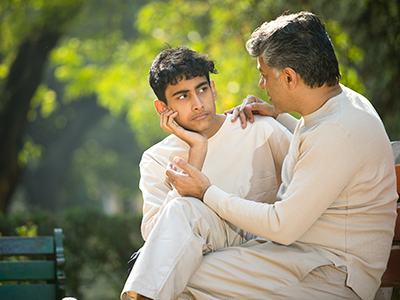


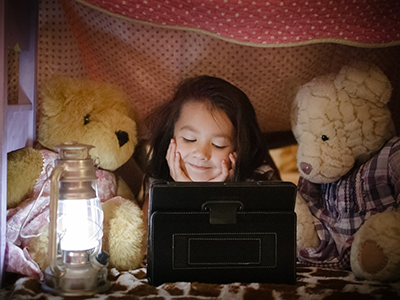
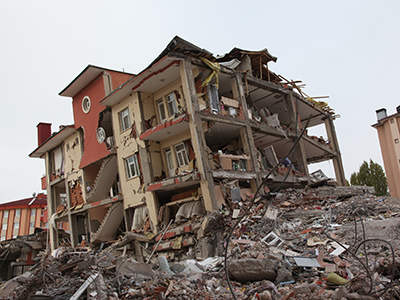




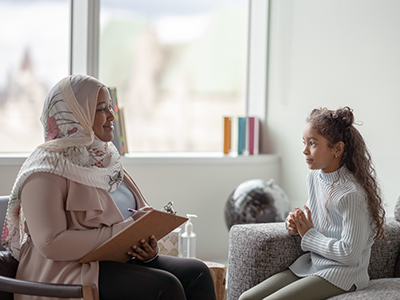


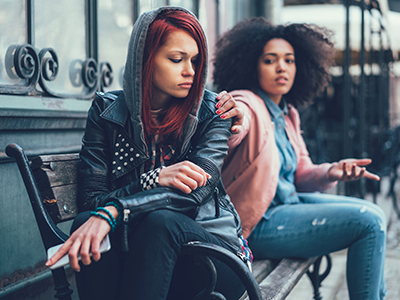
Leave a Comment
Want to join the discussion?Feel free to contribute!